17th C. Cup Hilt Rapier (88103)
—SOLD—
Holland, mid-17th Century
Provenance: Private Collection, Florence, Italy
Condition: very good
Straight, double-edged blade of hexagonal section, a fuller at the forte;
Iron hilt with circular, slightly convex cup festooned at the border, decorated with engraved spirals over circles and pierced four-pointed stars;
twisted quillons ending in buds, smooth arms of the hilt, twisted guard ending in a curl;
pommel with bas-relieved floral decorations and relieved button;
twisted wooden grip with remains of leather covering.
Length: 117 cm
0.00 USD
Sold
Historical Background:
While the Renaissance was a time period in which many advances were made in the development of arms and armor, the rapier will always be its most recognized – and most beloved – offspring. Thanks to the writers of swashbuckling fiction such as Alexandre Dumas (and the many, many film, television, and stage productions they spawned) the rapier has lodged itself in public consciousness as the principal weapon of the Renaissance. And, since it was not only used in military contexts but was popular in civilian defense/dueling as well, this representation may even be accurate.
The stylized guard of the rapier hilt was developed chiefly for the protection of the hand. While concerns of a thrust to the hand were certainly not a new consideration in the 16th century and following, the advent of narrower blades and swordplay dedicated to a thrust-oriented style necessitated a more intentional protection. This resulted in the development of many different guards designed to provide protection from the thrust of an opponent’s narrow rapier blade that may slip past a cruciform hilt. These designs included the cup-hilt and, later, the dish-hilt. The term “cup-hilt” (or less commonly “bell-hilt”) refers to a rapier which protected its bearer’s hand by means of a dome-shaped guard. This guard was often married to straight or twisted quillons and a curved arm protecting the knuckles and terminating at the pommel. The “dish-hilt” rapiers were similar though with a shallower bell protecting the hand, and generally were paired with lighter blades even less suited to cutting than earlier rapiers. In this way the dish-hilt rapier was a transition design between the rapier and the small sword, which is likely why the design was reproduced in training swords such as the foil and the épée.
Provenance:
Acquired by Darksword Armory founder Eyal Azerad in Florence from a private collector, this dish-hilt rapier is a perfect example of the civilian carry swords of the mid- to late-17th century. The straight, double edged blade is of hexagonal section, giving it a stiff and ready presence. The blade is graced with a quarter 19cm fuller at the forte, and as is typical of well-preserved articles of this age there is an even pattern of wear, called a patina, visible throughout. The unfullered debole continues the mottled surface patina to the still-functional tip. Despite the age of the weapon the blade maintains its spring and vigor.
The aforementioned dish-hilt is functional yet decorated with skill. The hilt has been constructed of iron with the circular, slightly convex dish festooned at the border, decorated with engraved spirals over circles en suite (and repeated upon the pommel, indicating the entire hilt is likely original to the sword) and pierced four-pointed stars. Below the dish the twisted quillons match the twisted guard in a floral pattern, which terminates in a curl for the guar and buds at the quillons. The matched pommel with bas-relieved floral decorations and relieved button continues the delicate chisel work seen on the upper hilt. The twisted wooden grip shows the most wear of the entire piece, with remains of leather covering and worn away by use and age. The weight of the entire hilt brings the point of balance to the guard, and in the hand this swords feels now as it did when it accompanied its master through the streets of Renaissance Europe.
Dish-hilt rapiers such as this would have been commonplace in Spain, Italy, England, and Portugal, but the design and final resting place of this piece make a strong case for Italian origins.
Considering the addition of the blunted pommel and dish guard the closest representation in terms of typology is most likely a Type 99 according to A.V.B. Norman’s The Rapier and the Small Sword, 1460-1820, though a case could be made for Type 95 due to the straight quillons. Either example are placed in the mid- to late-17th century, which would be consistent with this piece’s pedigree.
Be the first to review “17th C. Cup Hilt Rapier (88103)” Cancel reply
This site uses Akismet to reduce spam. Learn how your comment data is processed.



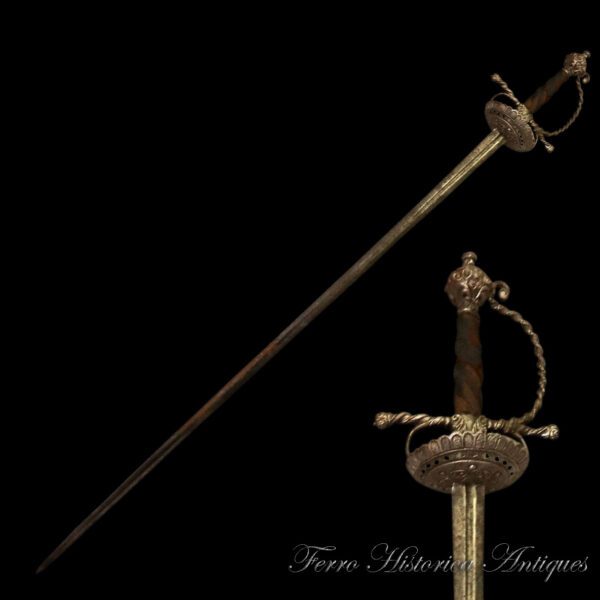
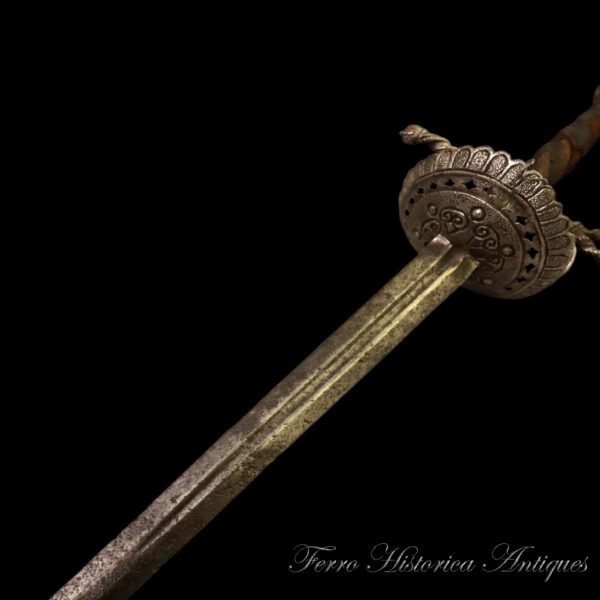
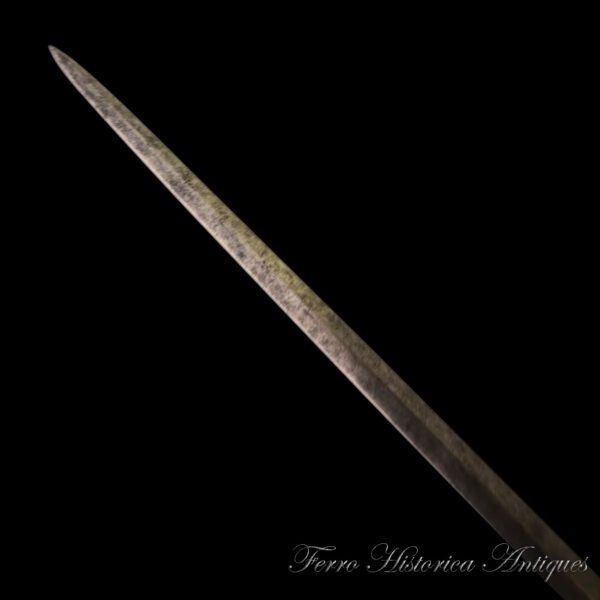
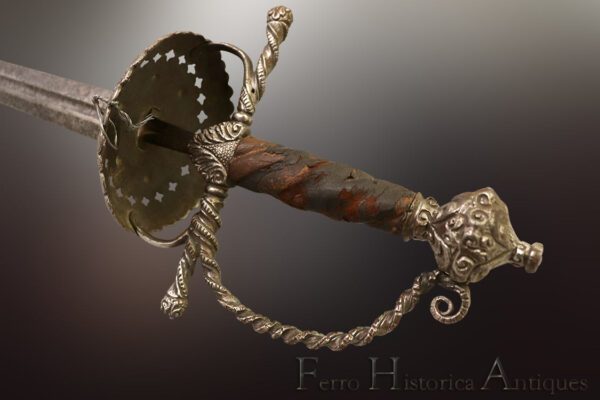





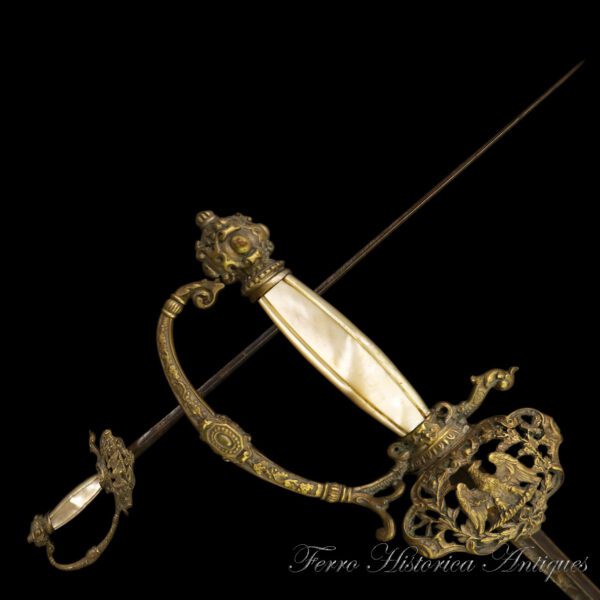
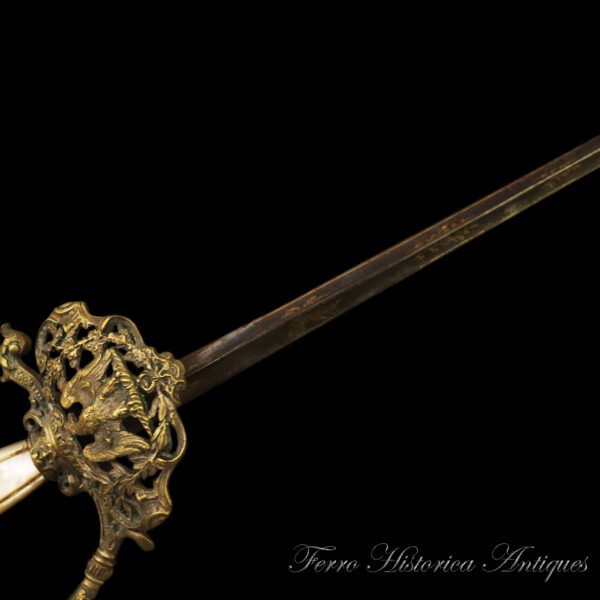
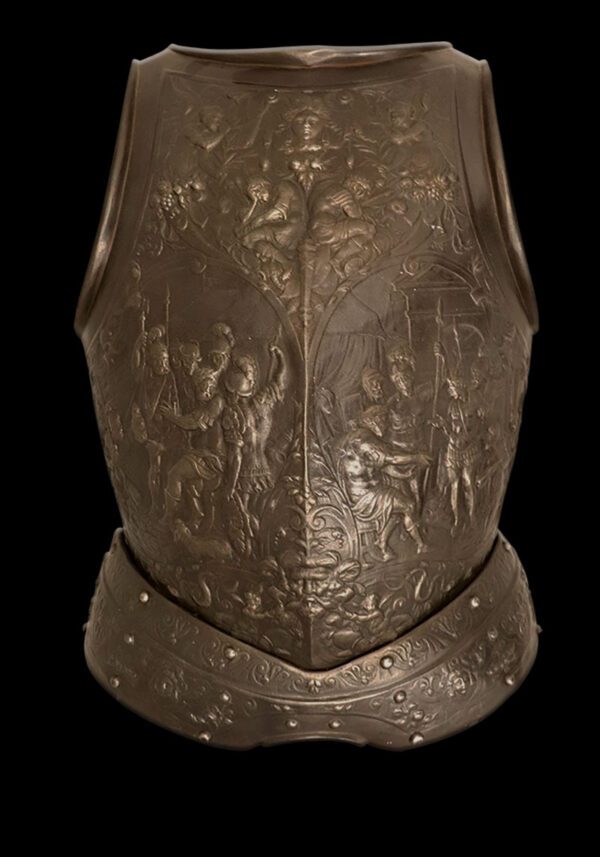
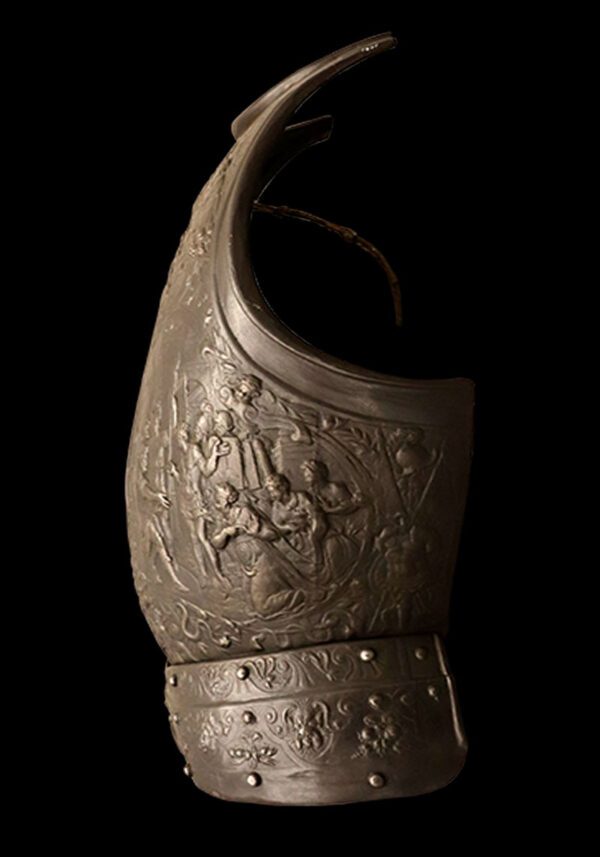
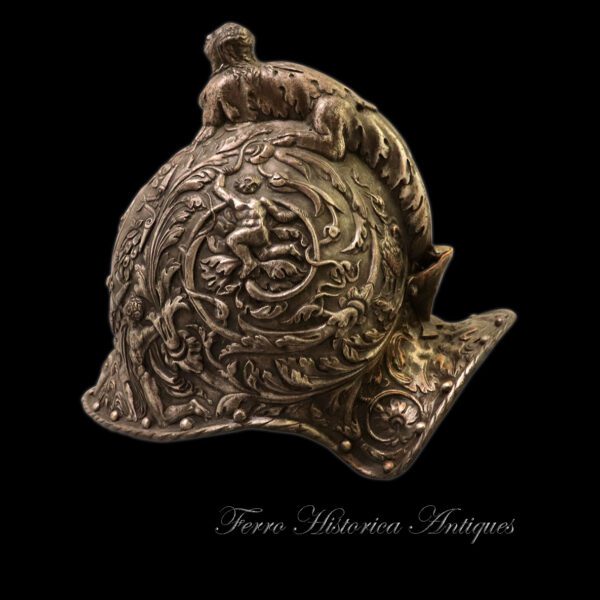
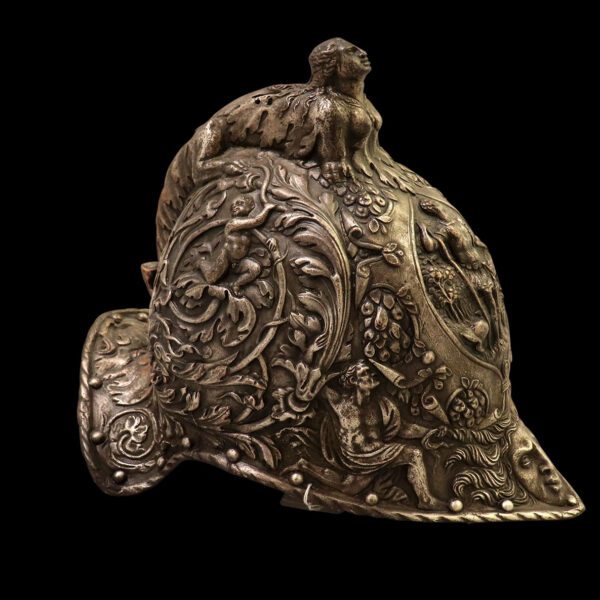
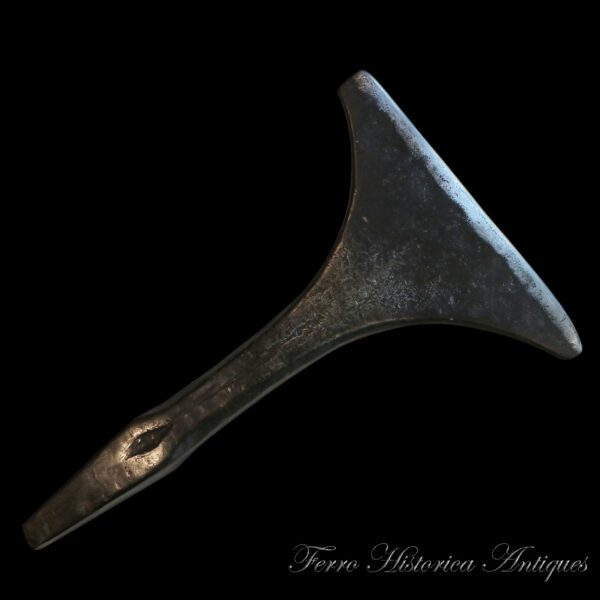
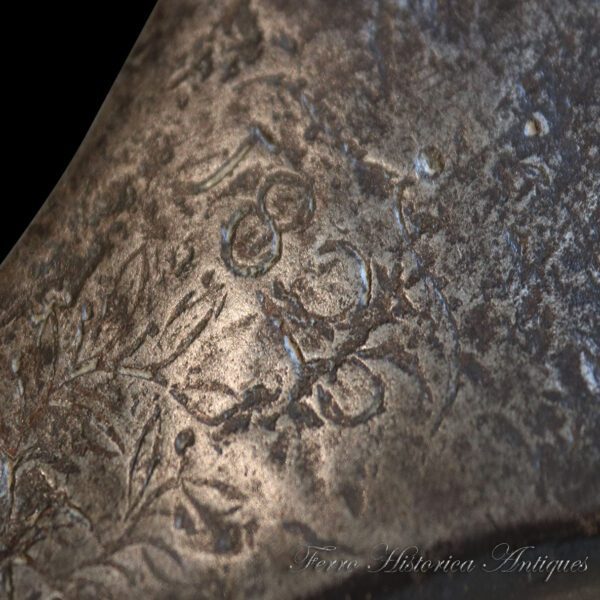
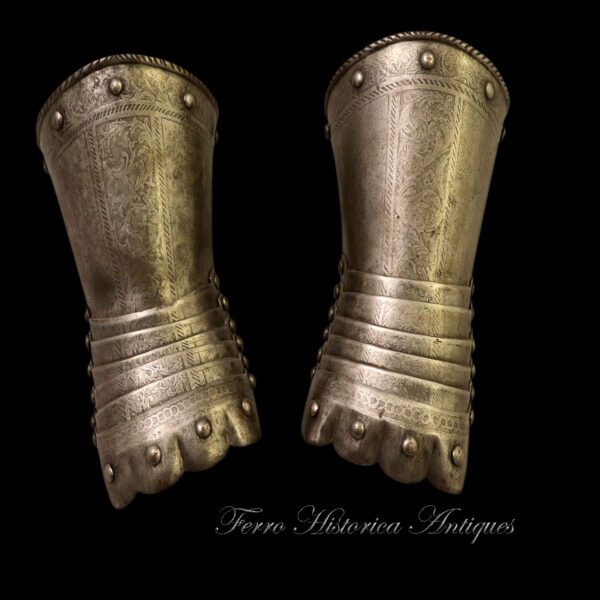
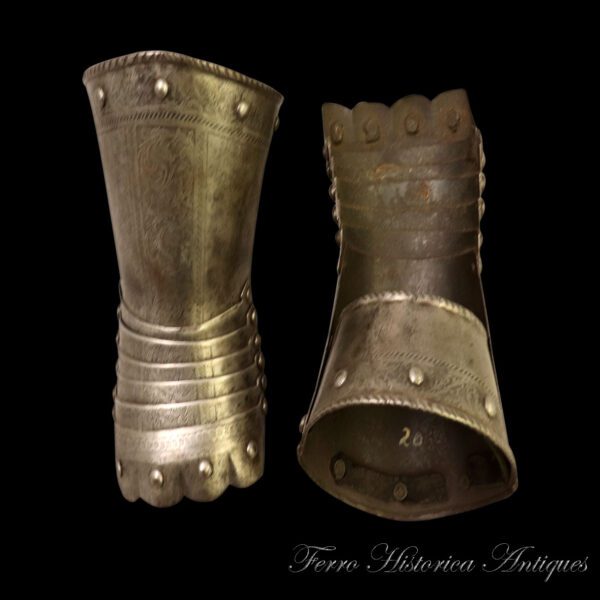

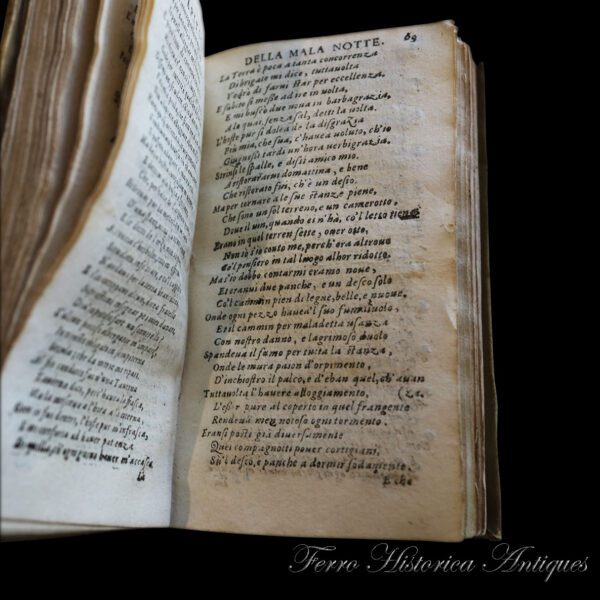
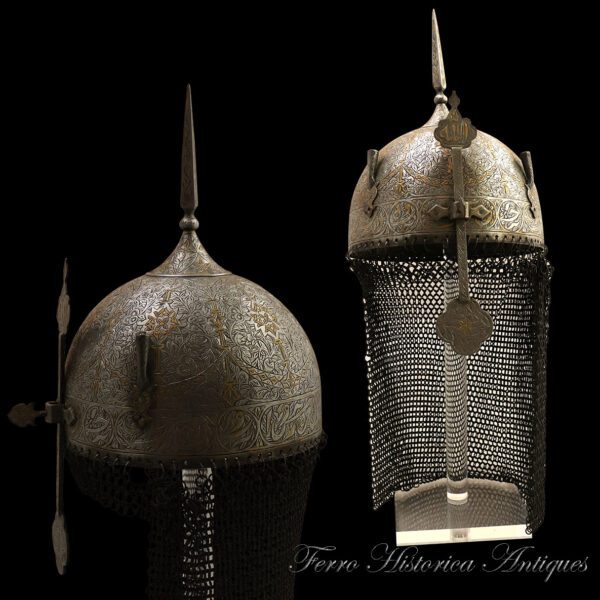
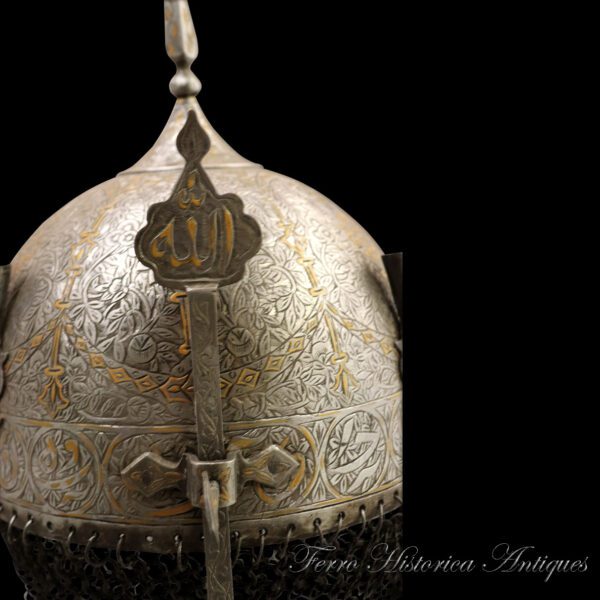
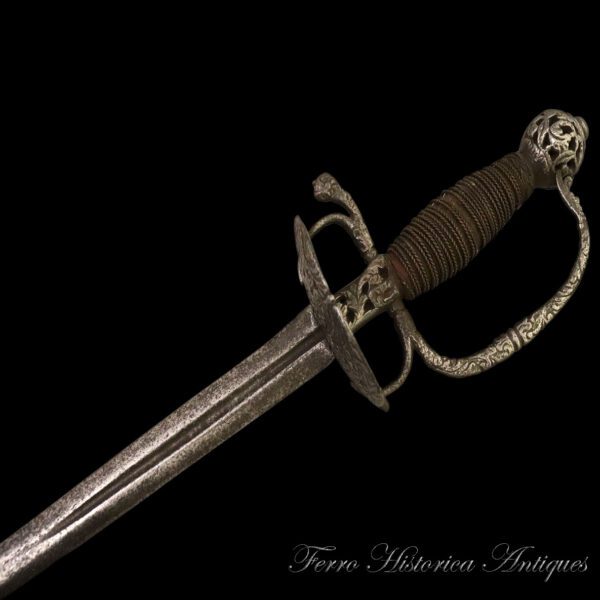
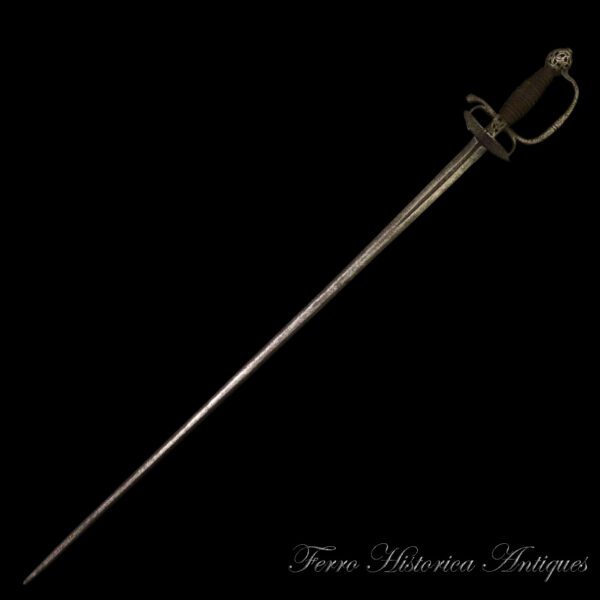
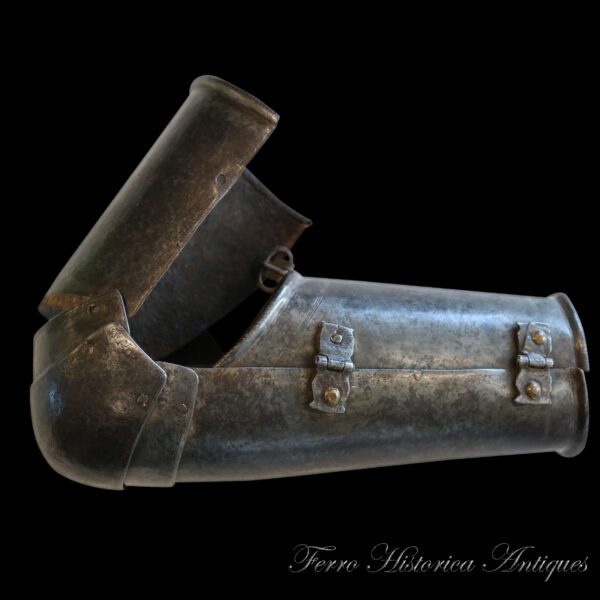
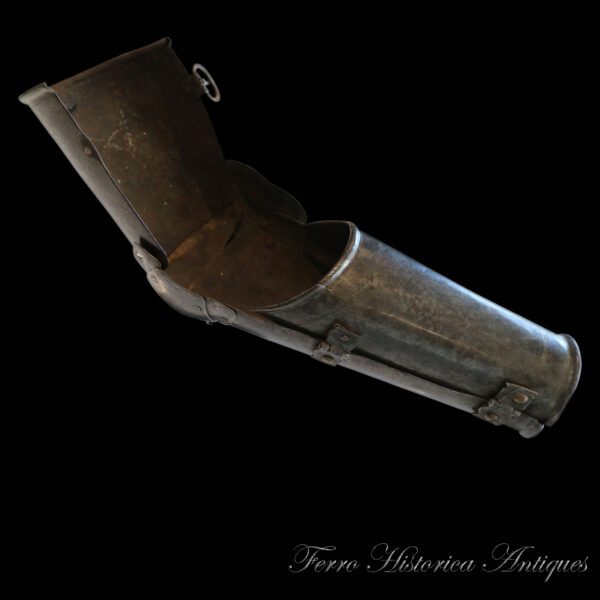
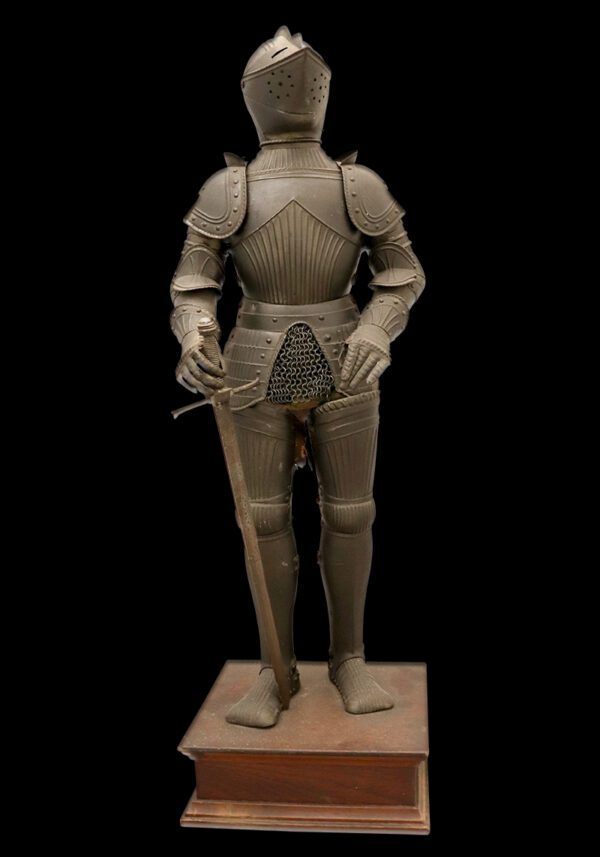
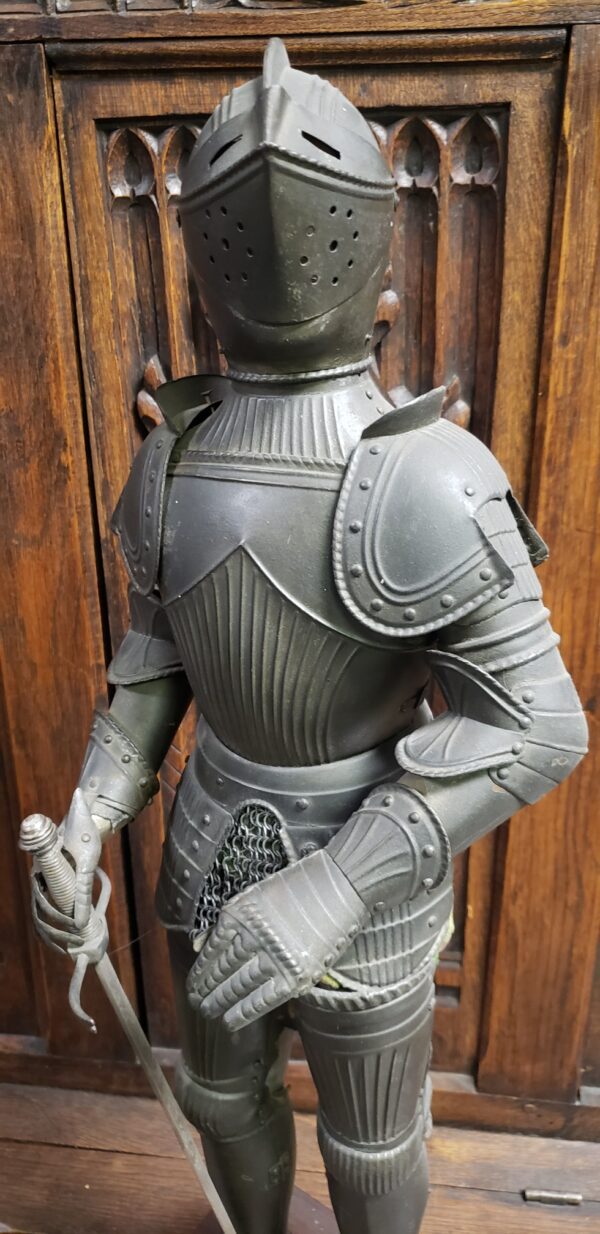
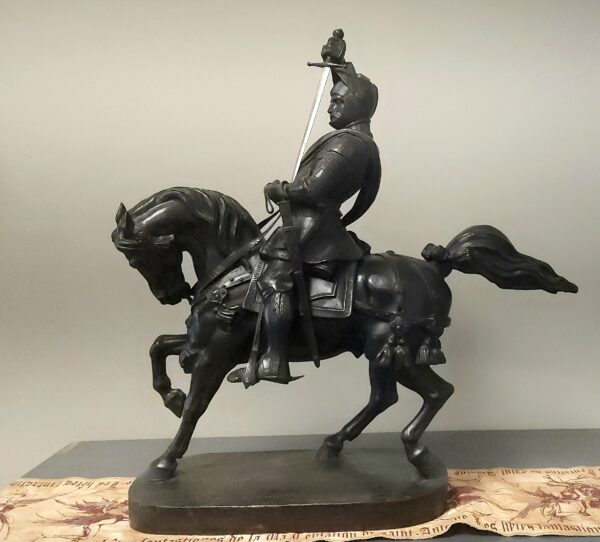
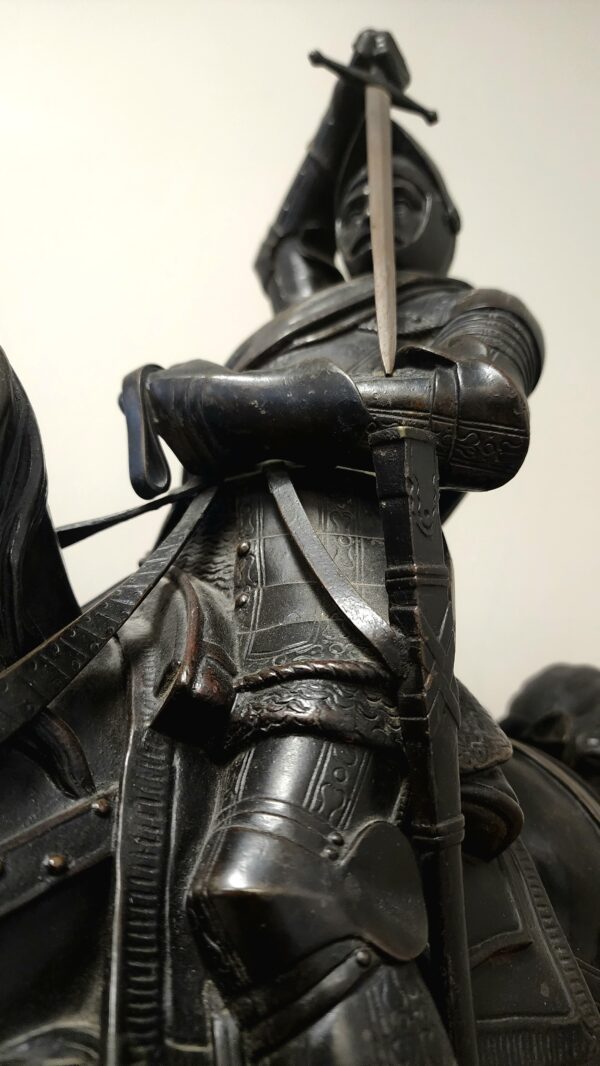
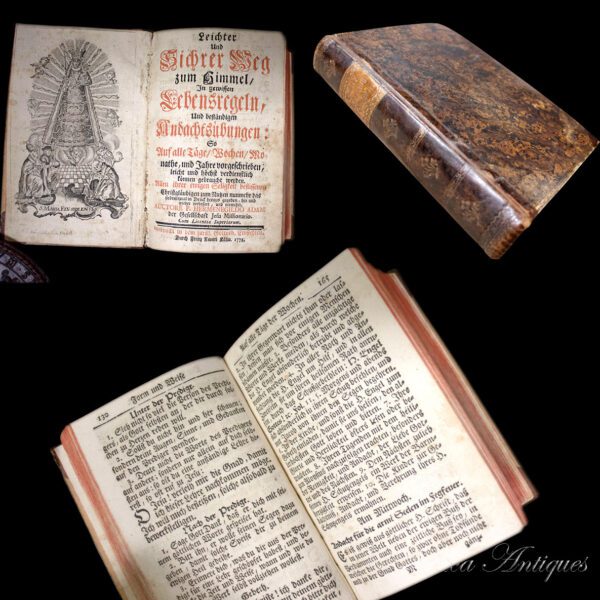
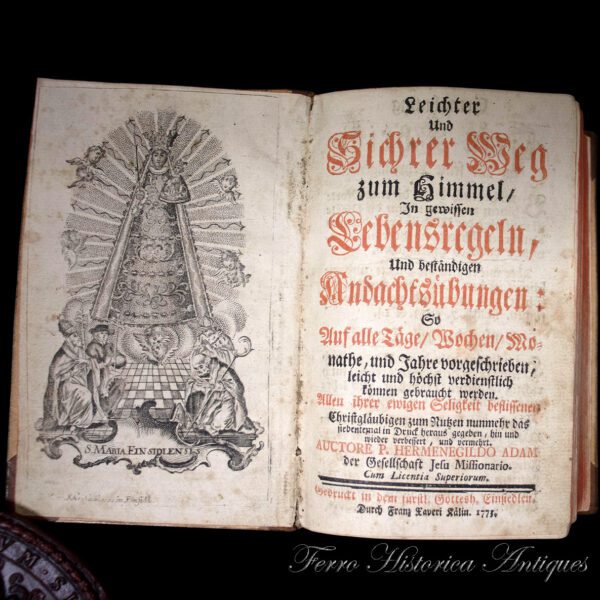
Reviews
There are no reviews yet.